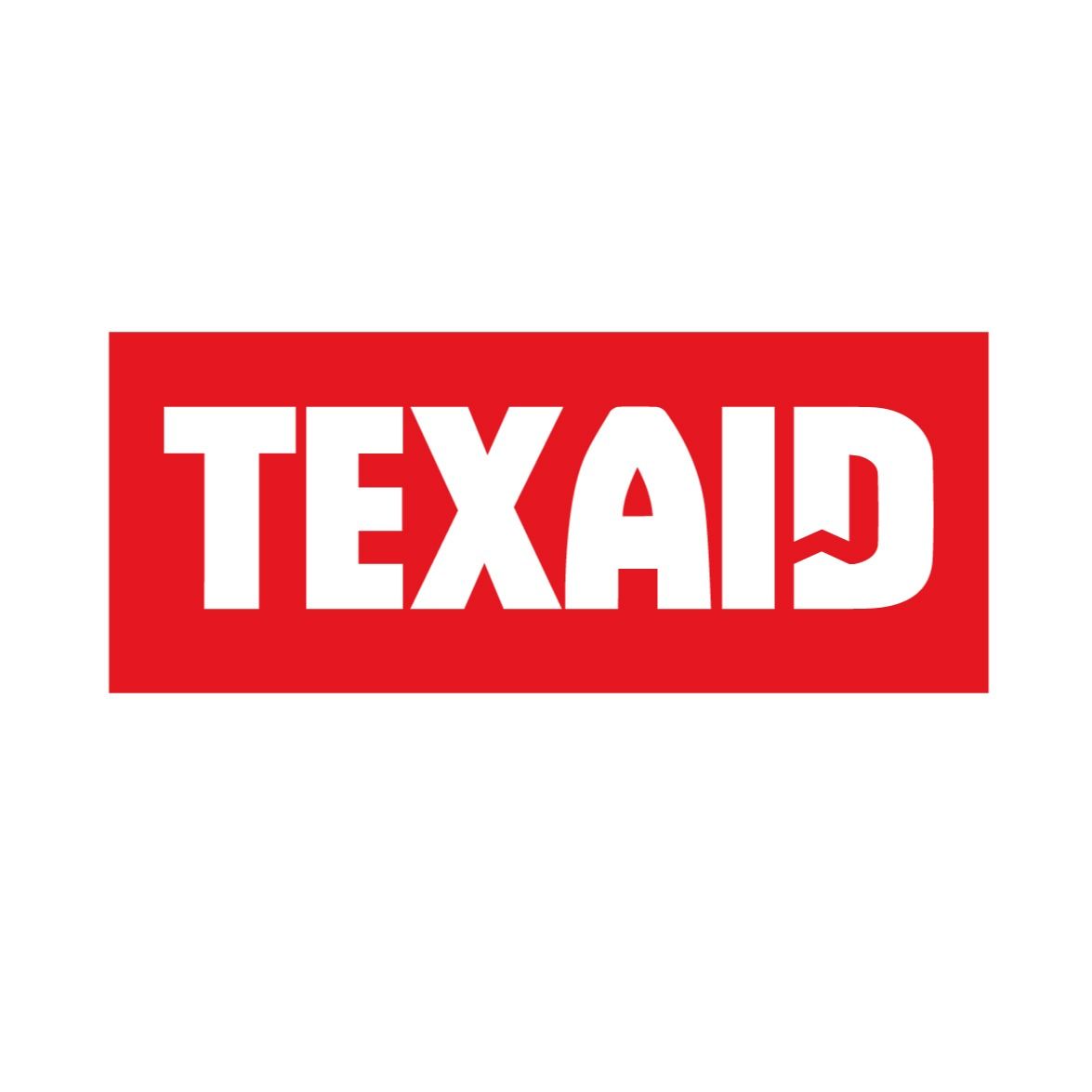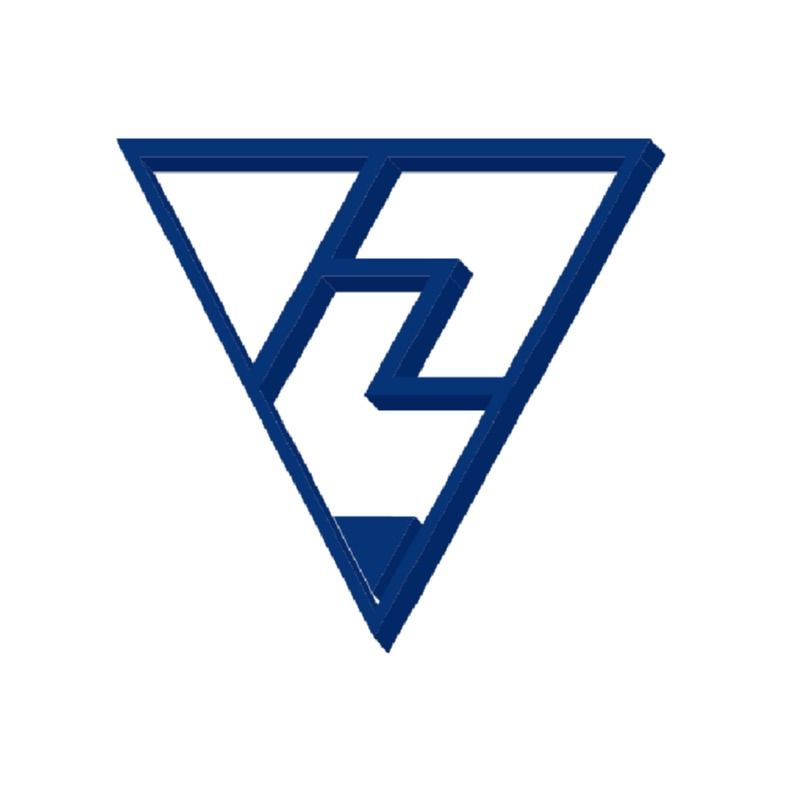
Added: Aug 03, 2022
Last edited: Sep 27, 2022
TEXAID has enabled the recycling of post-consumer textile waste into new textiles. After two years of R&D, TEXAID has developed, a fabric using 50% post-consumer textile waste from used clothing. The fabric is a blend of 50% post-consumer cotton textile waste which TEXAID has collected in their sorting facilities in Germany and Switzerland. The other 50% is made from ocean-bound plastic waste. This is plastic that has a high risk of entering the ocean which has been saved and recycled by Unifi, Inc. The cotton material was shredded by Marchi & Fildi Group, based in Biella Italy, who then spun the recycled cotton and recycled polyester into a new yarn. This yarn was then woven into a fabric by Tessitura Casoni T.F.C. The entirely European supply chain was able to have a strong focus on transparency and traceability.
This is a proof of concept that a 100% recycled fabric with 50% post-consumer textile waste is possible, which is an important step towards textile-to-textile recycling happening at scale in the textile industry today.
Textile-to-textile recycling is not yet to scale and there is a lack of proof of concept.
With this project, a proof of concept has been achieved that showcases a 100% recycled fabric, including 50% post-consumer textiles.
The outcome is not only a fabric that compares to a traditional canvas but also a newly formed supply chain as well as learnings about best practices and challenges for development of 100% recycled fabric and for recycling post-consumer textiles into new fibers and fabrics. This was a first proof of concept and TEXAID is looking for strong industry partners to push high-value textile to textile recycling technologies in joint projects like these. You as a partner can decide on which blend, yarn and type of fabric you wish to develop and incorporate in your supply chain. Reach out to us to discuss possibilities!





Closed loop collection
Closed loop upcycling
Using closed loop recycled materials
Design for resource efficiency
Design for modularity
Design for recycling
Design for reuse
Cross-industry projects, pilots
Online platforms
Innovation
Scalability
Reduce Material Consumption (SDG12)
Minimise Waste (SDG12)
Save Water (SDG6)
Reduce Energy Consumption
circular textiles
circular business models
textile recycling
textile collection
textile sorting
recycled cotton
recycled plastics
